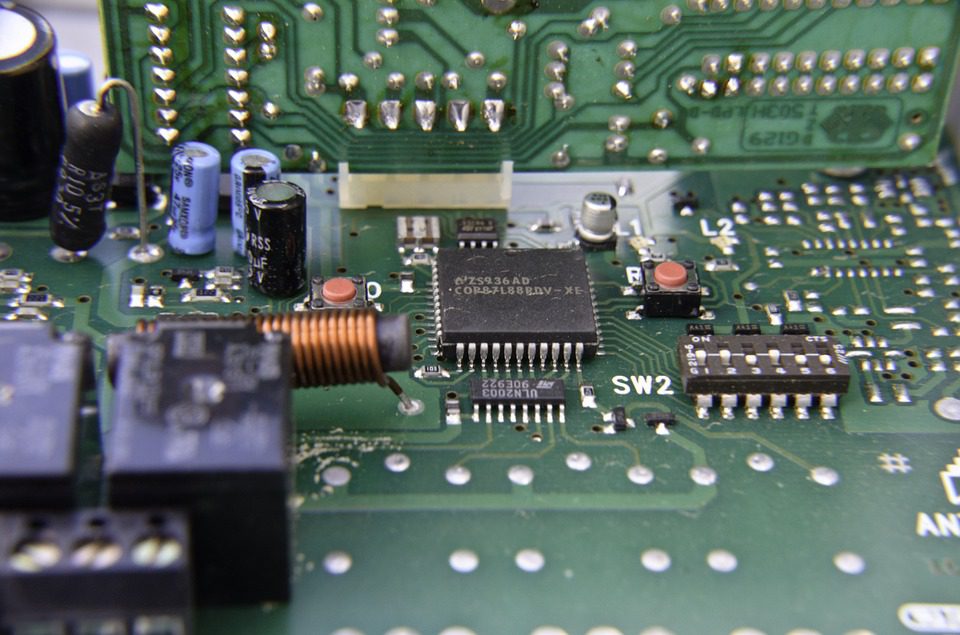In PCB production, testing is a vital part of the manufacturing operation. Without a robust testing process, there is always the risk of overlooking serious manufacturing flaws or defects that could result in the failure of the products. Such failures can result in serious damage to the manufacturer’s reputation and relationships with customers.

(Pixabay / ThomasWolter)
Testing should not merely be performed at the end of the production process. Rather, tests should be conducted at various stages of production to find errors along the way. If you only test the finished goods, you won’t detect errors early on and will end up with a great deal of wasted effort and resources.
In-circuit testing
The in-circuit test (ICT) is a popular and cost-effective type of test that is commonly used in PCB production. It delivers a component-level diagnosis of errors and ferrets out problems before the assembly process starts churning.
An in-circuit test examines each part of the board to test its individual performance. It is executed with the help of automated test equipment that performs a manufacturing defect analysis. It verifies passive component measurements and diode and transistor function and also gauges supply voltage. It can check for open and short circuits and determine if something was not soldered right.
An in-circuit test can inspect integrated circuits with a special probe that will not compromise the fragile workings of the PCB. This probe can ensure that the pins have been soldered properly to the PCB and provide key analog and digital measurements for evaluating the quality of a PCB.
The equipment
It’s pretty amazing what can be accomplished through in-circuit testing, and a lot of that is a credit to the complex equipment that powers its processes. The in-circuit tester is a matrix of drivers and sensors. It can make the needed measurements for quality control thanks to its thousands of driver sensor points. The fixture interfaces with the tester and is customized to fit the boards to be tested. This acts as the interface between the board and the ICT, taking the connections for the sensor points and routing them to the relevant points on the board through bed of nails technology. The other critical piece in all of this is the software, which guides the tester so that it performs all of the right tests and reviews.
The in-circuit test system is costly, so you’re most likely to see it in high-volume factories. You are far less likely to see it on production lines with output below 1,000 items, as this would not be cost-effective. Those considering acquiring an ICT system need to look at their finances carefully to ensure that this is a worthwhile purchase.
In summary, ICT is a very accurate form of testing. While its start-up costs are high, it can quickly pay for itself with enough volume, and the intangible benefits of reputation control and customer relations are invaluable.
